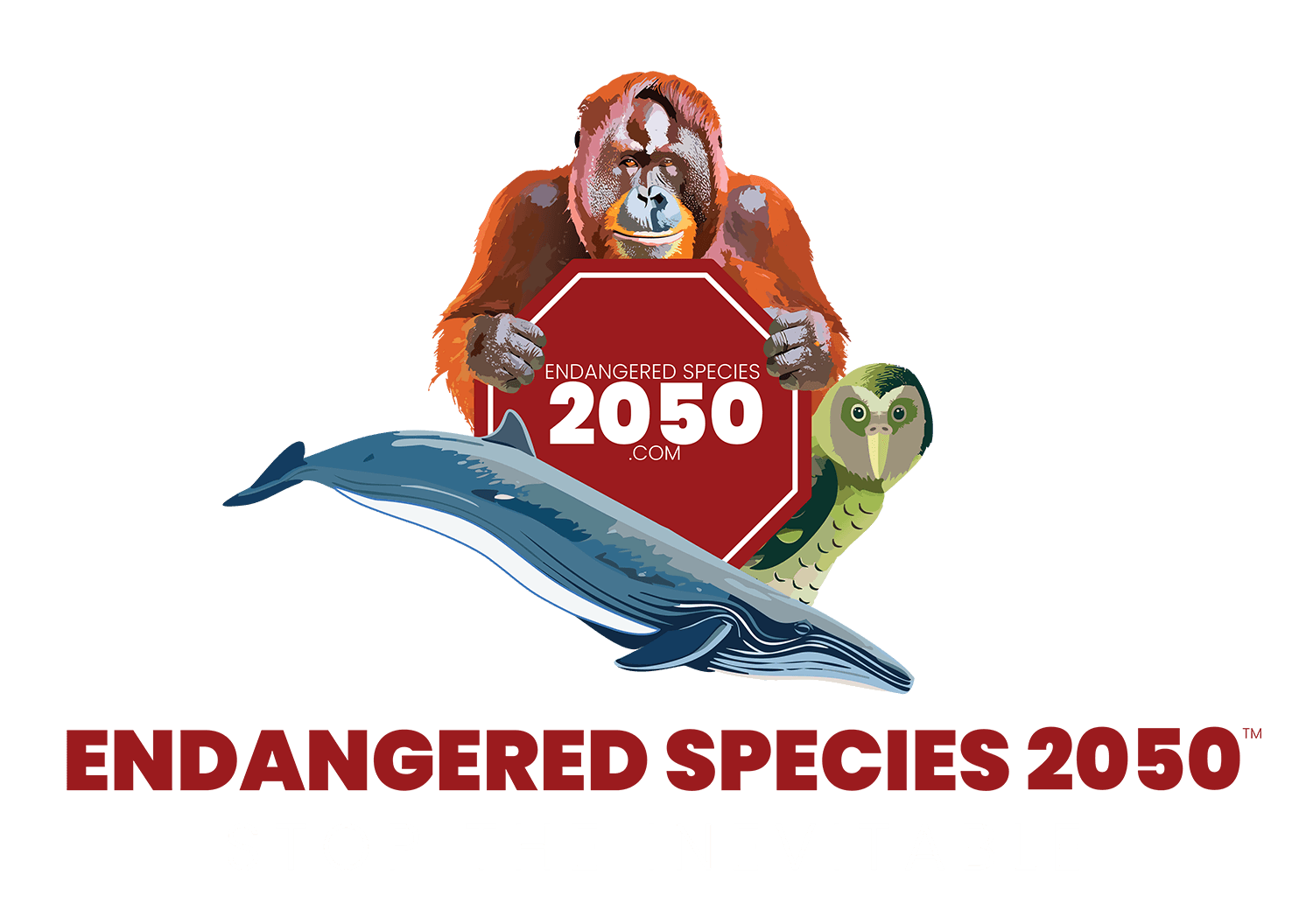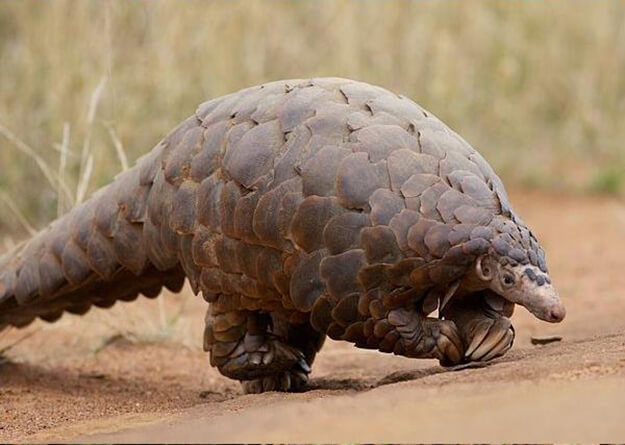IUCN REDLIST: A Critical Resource
Endangered Species 2050 is not directly affilated with ICUN Red List, but is very proud to support and use this most comprehensive resource on species at risk of extinction. We encourage you to do the same!
Comprehensive Data
Global Impact
Actionable Insights
About the IUCN Red List
The IUCN Red List of Threatened Species, established in 1964, is the world’s most comprehensive information source on the global extinction risk status of animal, fungus, and plant species. It serves as a critical indicator of the health of the world’s biodiversity, providing essential data to inform conservation actions and policy changes. The Red List is used by government agencies, wildlife departments, NGOs, and educational institutions to guide conservation efforts and protect natural resources.
Key Features of the IUCN Red List
The IUCN Red List offers a wealth of information crucial for biodiversity conservation. Here are some of its key features:
Species Range
Detailed data on the geographical distribution of species, helping to identify critical habitats and areas in need of protection.
Population Size
Information on the population size and trends of species, which is vital for assessing their risk of extinction and planning conservation strategies.
Habitat and Ecology
Insights into the natural habitats and ecological roles of species, aiding in the development of effective conservation plans.
Threats and Conservation Actions
Comprehensive details on the threats facing species and the conservation actions needed to mitigate these threats and promote species recovery.
Urgent Conservation Statistics
Every day, an estimated 150-200 species of plants, insects, birds, and mammals become extinct. This rate is nearly 1,000 times higher than the natural extinction rate.
Species on the Brink
According to the IUCN Red List, over 37,400 species are currently on the brink of extinction. This includes 40% of amphibians, 34% of conifers, 33% of reef-building corals, 25% of mammals, and 14% of birds.
The Cost of Inaction
If current trends continue, we could lose up to 50% of all species by the end of the century. This loss of biodiversity threatens ecosystem stability, human health, and global food security.
Essential Resources
What Experts Are Saying
The IUCN Red List is an indispensable tool for conservationists worldwide. It provides the critical data needed to protect our planet’s biodiversity.
The IUCN Red List is a cornerstone of our conservation efforts. It helps us prioritize actions and allocate resources effectively.
The IUCN Red List is a beacon of hope in the fight against extinction. It empowers us with the knowledge to make informed conservation decisions.
Utilizing the IUCN Red List has been pivotal in our mission to protect endangered species and their habitats. It’s an essential resource for anyone committed to conservation.
The comprehensive data provided by the IUCN Red List is invaluable for our research and storytelling. It helps us raise awareness about the urgent need for conservation.
The IUCN Red List is a critical tool in marine conservation. It provides the data we need to protect our oceans and the incredible life they support.

